
Vibratory finishing is a widely used process for surface treatment and finishing of metal parts. It involves the use of a vibratory finishing machine that agitates a mixture of media, water, and finishing compound to achieve the desired finish on the parts. The finishing compound plays a critical role in the vibratory finishing process, as it helps to improve the efficiency of the process and achieve the desired surface finish. In this article, we will discover how to choose the right vibratory finishing compound for your specific application.
Vibratory finishing compounds are chemical solutions that are added to the media and water mixture in a vibratory finishing machine. They help to achieve the desired surface finish on the metal parts by chemically reacting with the surface of the parts. The compounds contain various chemical agents that improve the efficiency of the finishing process and help to achieve a uniform finish.
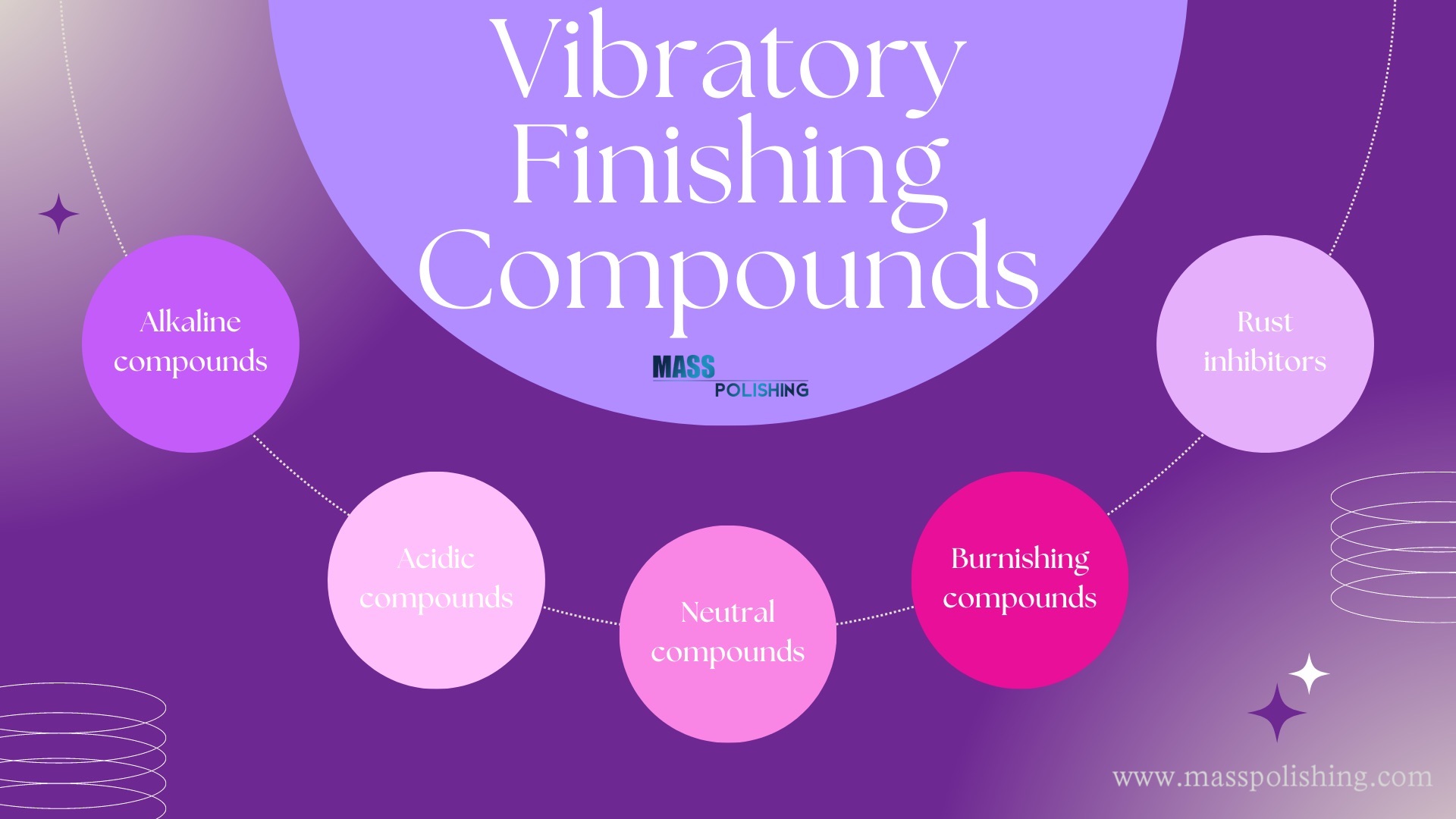
There are many types of vibratory finishing compounds available in the market, each designed for a specific application. Some of the common types of vibratory finishing compounds include:
2.1Alkaline compounds:
Alkaline compounds are used for removing oils, grease, and other contaminants from the surface of the metal parts. They are commonly used in the pre-cleaning process before the actual finishing process.
2.2Acidic compounds:
Acidic compounds are used for removing rust, scale, and other oxides from the surface of the metal parts. They are commonly used in the pre-finishing process to prepare the surface of the parts for the final finishing process.
2.3Neutral compounds:
Neutral compounds are used for general-purpose finishing applications. They are designed to achieve a uniform surface finish on the parts without affecting the surface properties of the parts.
2.4Burnishing compounds:
Burnishing compounds are used for achieving a high-gloss finish on the metal parts. They contain special agents that help to burnish the surface of the parts, giving them a mirror-like finish.
2.5Rust inhibitors:
Rust inhibitors are used for preventing rust and corrosion on the metal parts after the finishing process. They are commonly used in the post-finishing process to protect the surface of the parts from environmental factors.
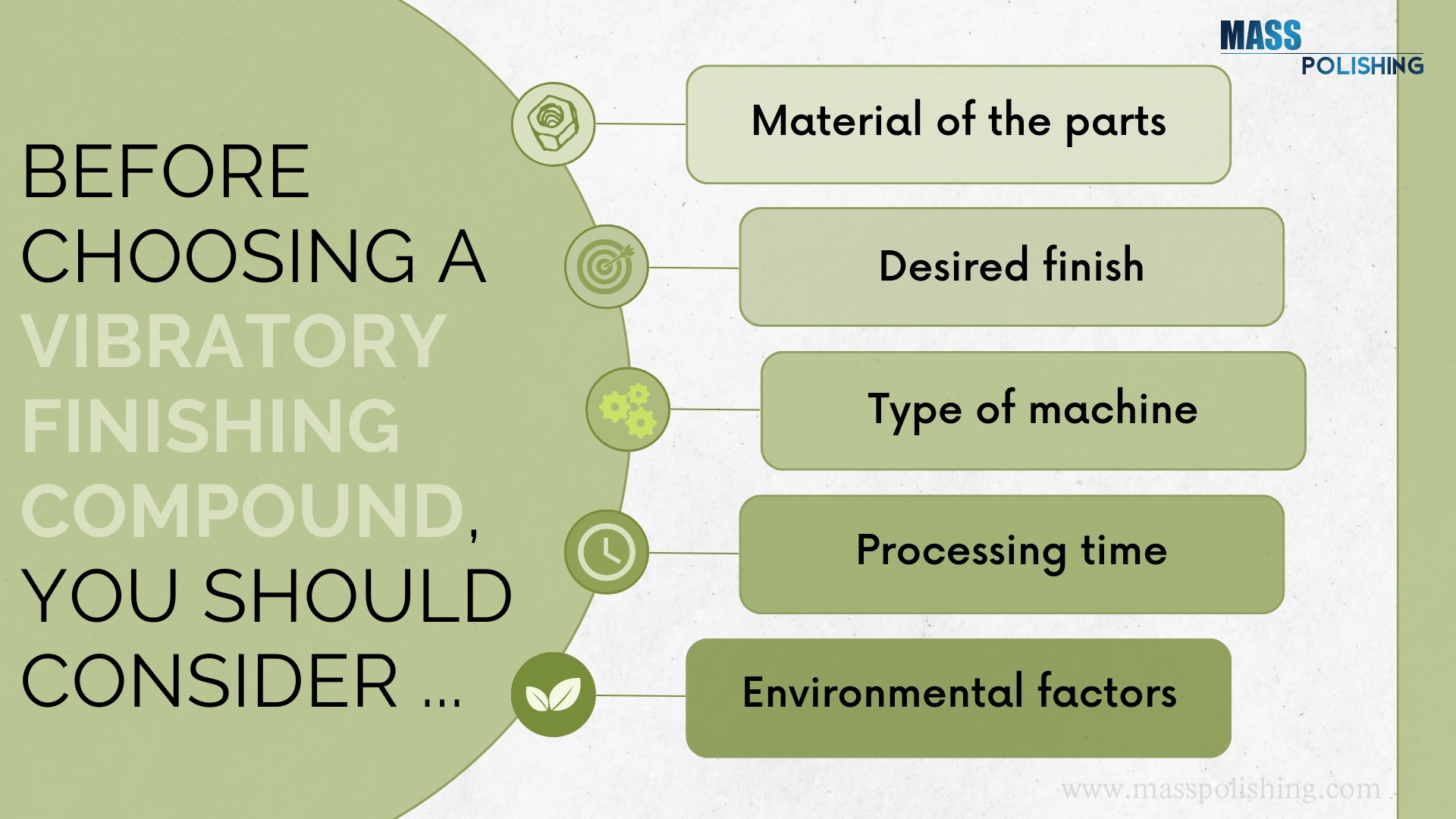
3.1 Material of the parts:
The material of the parts plays a critical role in determining the type of finishing compound to use. Different materials react differently with different compounds, and it's important to choose a compound that is compatible with the material of the parts.
3.2 Desired finish:
The desired finish on the parts is another critical factor to consider when choosing a finishing compound. Different compounds are designed to achieve different finishes, and it's important to choose a compound that can achieve the desired finish on the parts.
3.3 Type of machine:
The type of vibratory finishing machine used is another factor to consider when choosing a finishing compound. Different machines have different agitation and flow rates, and it's important to choose a compound that can work effectively with the specific machine used.
3.4 Processing time:
The processing time required for the finishing process is another factor to consider when choosing a finishing compound. Some compounds work faster than others, and it's important to choose a compound that can achieve the desired finish within the required processing time.
3.5 Environmental factors:
The environmental factors in which the finishing process takes place also play a critical role in determining the type of finishing compound to use. For example, if the process takes place in a high-temperature environment, it's important to choose a compound that can withstand high temperatures.
Now that you understand the different types of vibratory finishing compounds available, you can choose the right compound for your application. Consider the factors we discussed in the last paragraphs, such as the type of metal you are finishing, the desired finish quality, and other factors.
For example, if you are finishing aluminum parts and require a bright, shiny finish, a burnishing compound may be the best option. On the other hand, if you are finishing steel parts and require a high level of surface cleanliness, a cleaning compound may be the best option.
It's also important to consider the concentration of the compound. The concentration refers to the amount of compound mixed with water. A higher concentration will result in a more aggressive cutting action, while a lower concentration will result in a milder cutting action.
In addition, consider the pH level of the compound. The pH level can affect the performance of the compound, and it's important to choose a compound with the appropriate pH level for your application. For example, acidic compounds are typically used for descaling, while alkaline compounds are typically used for cleaning.
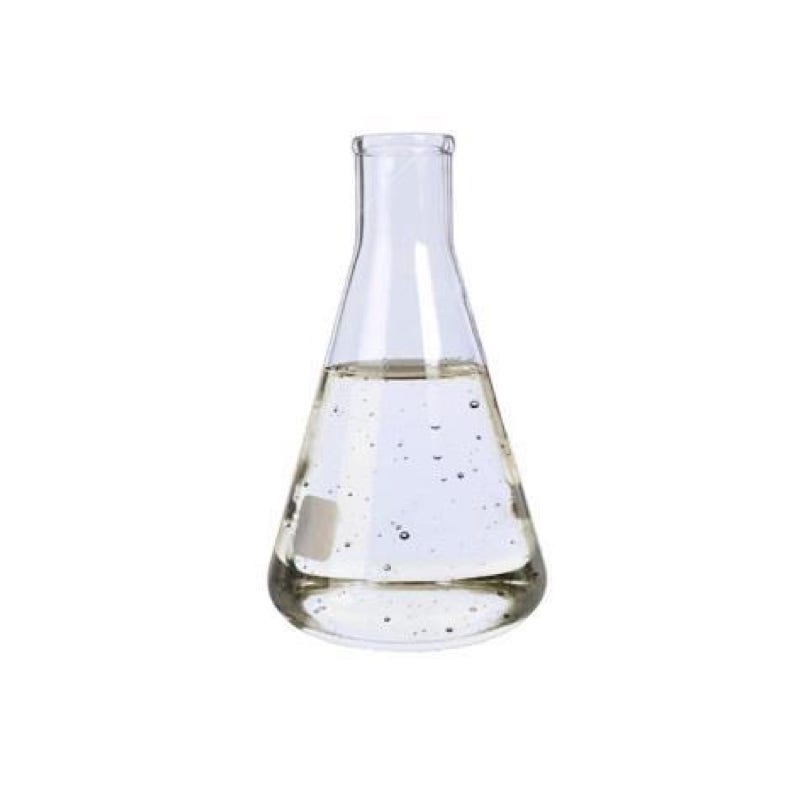 |
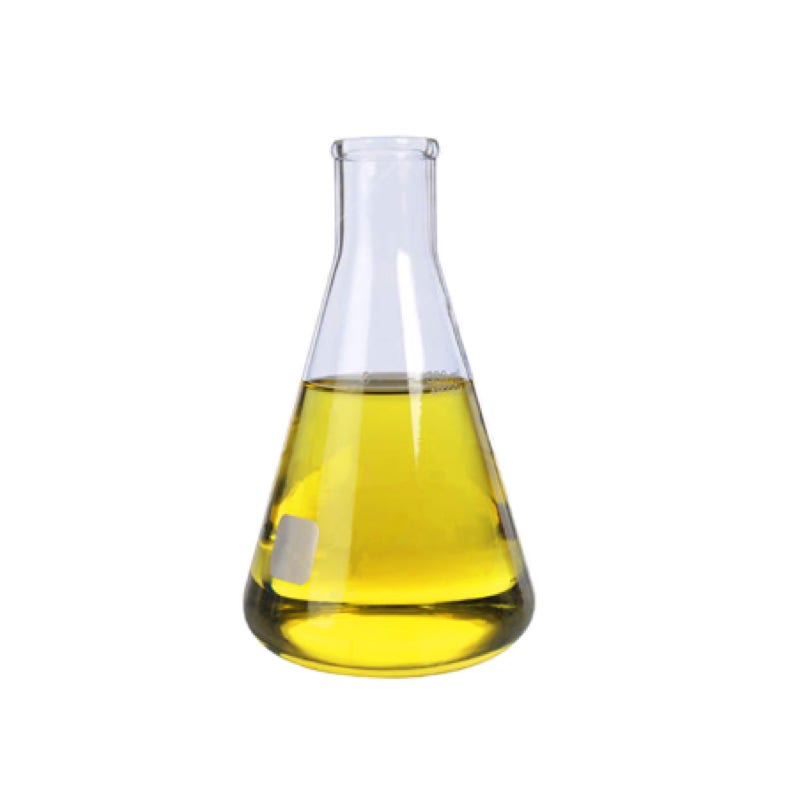 |
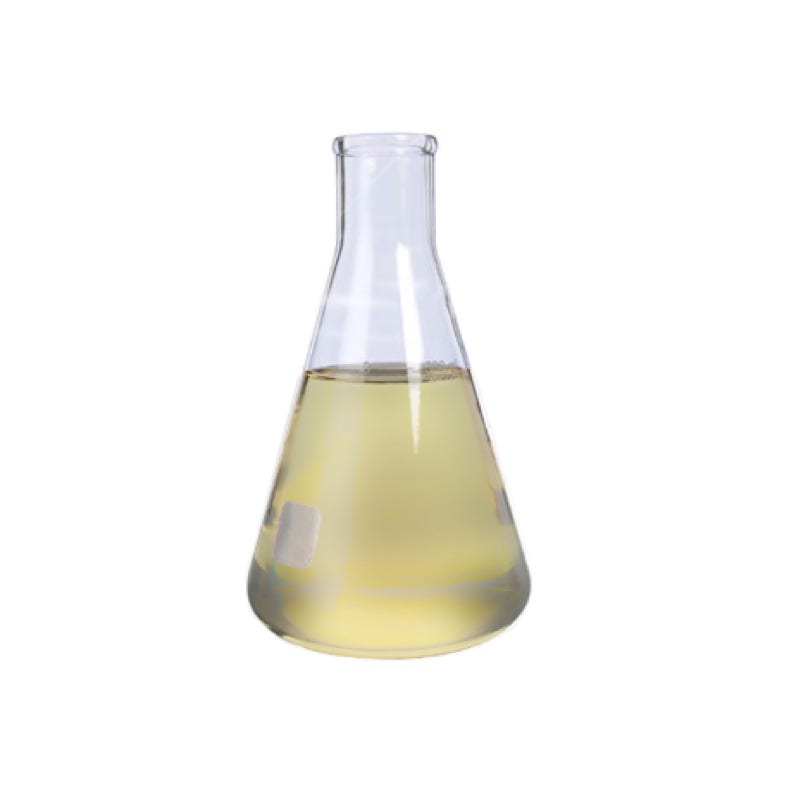 |
| LC10 De-Burring Liquid Compounds | HM3 Polishing Liquid Compounds | MC8 De-Rusting Liquid Compounds |
Once you have chosen the right vibratory finishing compound for your application, it's important to properly use and maintain the compound to ensure optimal performance and longevity.
Follow the manufacturer's instructions for mixing the compound with water, and always wear appropriate personal protective equipment when handling the compound.
In addition, it's important to regularly monitor the concentration and pH level of the compound, and make adjustments as needed. This will help to ensure consistent performance and prevent damage to your parts or the vibratory finishing machine.
Finally, properly dispose of the compound according to local regulations. Many vibratory finishing compounds contain chemicals that can be harmful to the environment, and it's important to dispose of them in a safe and responsible manner.
Choosing the right vibratory finishing compound for your application is essential to achieving optimal results in your metal finishing process. With so many options available, it can be overwhelming to make the right choice.
By understanding the different types of compounds available, the factors that affect compound selection, and the properties of compounds that are best suited for your specific application, you can make an informed decision and select a compound that will effectively and efficiently meet your finishing needs.
Remember to consider the size and shape of your parts, the desired finish quality, the material composition of your parts, the available equipment and space, and the environmental and safety considerations when choosing a compound. With careful consideration and testing, you can find the right compound to optimize your vibratory finishing process and achieve the desired results.